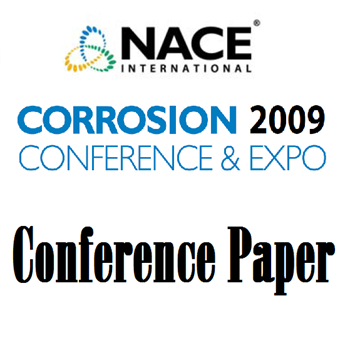Recent environmental awareness, drive to lower emission and economic benefits associated with flare gas recovery has seen a shift in flaring practice. Flare Gas Recovery Unit (FGRU) often use well�established amine sweetening technologies to scavenge the deleterious hydrogen sulfide gas, and therefore achieve sweet gas specifications suitable for fuel gas in the plant. However, unlike conventional acid gas treating units, the FGRU feed stream contains wide array of composition from the plant, and therefore pose unique process and corrosion challenges. Consequently, corrosion control measures in the FGRU systems tend to be more challenging. This paper will chronicle the corrosion control experience garnered in the operation of FGRU in a gas plant, following a number of operational challenges that has led to high risk of corrosion. The presence of oxygen in the sour gas stream further exacerbated the corrosion risk as a result of amine degradation, leading to high content of heat stable salts and other contaminants. A proactive inspection program revealed thinning across the lean amine carbon steel (CS) piping loop. A set of robust design modifications, process and corrosion control mitigations such as jump�over lines to the compressors, ion-exchange reclamation, inspection and monitoring of process parameters (temperature, pH, amine strengths) were implemented. A long-term solution involving material upgrade was subsequently implemented. The dissemination of these experiences will prove beneficial to the integrity robustness of FGRU systems, which utilizes amine technology.
Key words: Amine, corrosion control, damage mechanisms, flare, FGRU, gas, hydrogen sulfide, inspection, material selection, monitoring, sweetening




